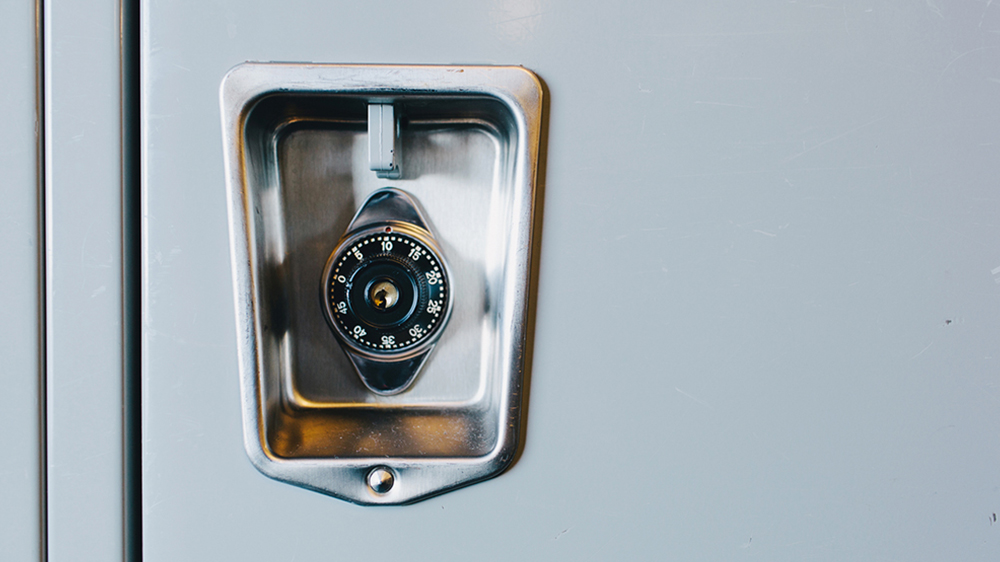When shopping for a lender to help you buy a home, it’s important to know what the interest rate for your loan will be — just a one-point difference in that rate can mean saving you (or costing you) thousands of dollars over 15 or 30 years. This also is the time to ask about each lender’s lock-in rate policies, which allow you to lock down the rate you’re initially offered for a period of 45 to 90 days so that rate will stay the same by the time your paperwork for the loan is final.
How do lock-in loan rates work?
Granted, locking in a rate can make you feel as though you’re a high roller in a Las Vegas, NV, casino or a stockbroker with a constant eye on the markets, since rates fluctuate daily. If you think interest rates will rise by the time your loan is approved, you’re probably wise to lock. If you believe rates will fall, you may think “don’t lock” — and your gamble may pay with an even lower rate by the time closing arrives. You could also wait for interest rates to fall before you apply for a loan, but you might risk losing out on the home you have in mind if you’re not preapproved, or if the seller has competing offers from other buyers who need less time to close.
Many real estate experts say that when interest rates are at historic lows, as they are now, it’s a good time to take a risk and lock. The rate for a 30-year fixed mortgage in late July 2016 was 3.45%. That’s slightly higher than the low in November 2012 of 3.31%, but it’s also a far cry from 18.45% in 1981 — the highest rates have ever been!
Also be mindful that a variety of factors can hinder your ability to score the exact low interest rate that’s advertised. Lenders take into consideration your credit score, the types of properties you’re hoping to buy, and competition among lenders. Don’t be surprised if the rate you’re actually offered is higher than the rate you think you’re locking in, because of one or more of those factors.
What do lenders charge to lock in loan rates?
Although some lenders may offer a rate lock for free, others charge for it by adding percentage points to the interest rate you’re actually offered. Some lenders require upfront lock fees, while others take the fees at settlement. Lenders who charge a fee typically assess 0.25% to 0.50% of the total loan amount, which, on a $100,000 loan, could mean a lock-in fee of $250 to $500 — so not small change.
It’s also important to select a lock period that allows plenty of time until the loan’s closing and to weigh the option of “floating” lock-in rates. Closings can take 30 to 90 days, and — knowing that there often is some other bump or two on the road to loan approval — choosing a longer lock period is safer. Floating lock-in rates, meanwhile, allow you the option of selecting a lower interest rate that might arise during your waiting period, but you usually get only one chance to do so. Selecting a floating rate also could add more percentage points to your interest rate to cover your lock-in fee.
What steps should a borrower take to lock in a rate?
Although some lenders may not address lock-in loan rates until your loan is approved, or they may do so verbally by phone, the best time to investigate the rates is when you’re shopping for a lender.
The Federal Reserve Board suggests that borrowers get a blank copy of each contending lender’s lock-in forms to read carefully before applying for a loan. If possible, show the forms to a lawyer or real estate professional. The forms might include fine-print terms that are difficult to understand, such as whether a lock-in rate is subject to a change in the maximum rate for Veterans Affairs-guaranteed loans (should a VA loan apply in your instance).


